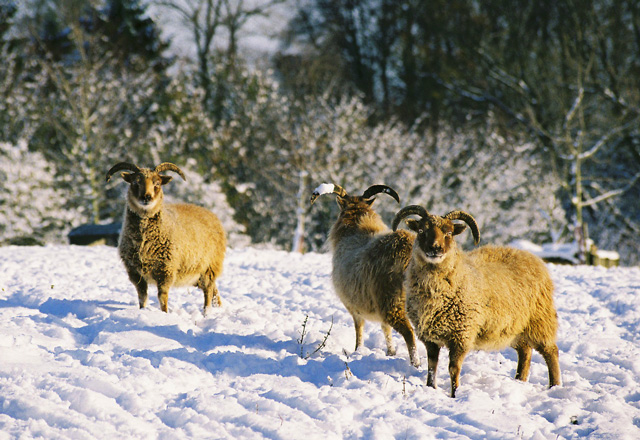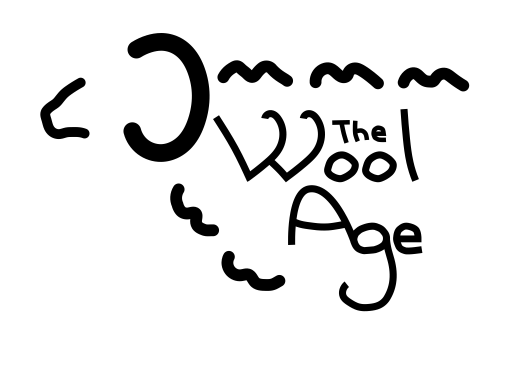The Wool Age: rethinking social life in later prehistoric Europe

The Wool Age
Durable materials dominate how we encounter and think about the prehistoric past – archaeology has been so dazzled by surviving objects that we even name the periods of prehistory after them: Stone, Bronze and Iron. Yet other materials, less likely to withstand the millennia, might equally have moulded social, economic and political change. The stories they tell might be radically different – far from
battlefields or traditional masculine fantasies. How would our narratives transform if we refocused on an overlooked material and reframed prehistory around a ‘Wool Age’?
Wool is a time-consuming and demanding material, requiring significant investment in processing activities, but it also has special qualities – keeping the wearer warm, even when wet, and providing new ways of expressing identity based on appearance and interaction with animals. The earliest domesticated sheep had a short, hairy fleece totally unsuitable for spinning into yarn. Then, around 4000 BC, ‘woolly’ sheep were selectively bred in Southwest Asia, where the material quickly acquired a huge role in economic and social life. By 1600 BC, wool had spread to Northern Europe; woollen clothes survive in Danish burial mounds, where they formed a key technology for expressing new gender ideals.
Surprisingly, our knowledge of woollen technology in prehistoric Britain is a near blank-slate. The earliest surviving woollen textile cannot predate 840 BC, and all textiles at the remarkably preserved Must Farm, the so-called ‘Pompeii of the Fens’, were made from plant fibres. Could wool really be absent from Britain while it revolutionised ‘Bronze Age’ Europe? Rather than awaiting the chance preservation of earlier textiles, this project focuses on other evidence for the arrival of wool: using animal bone and textile tools to identify sites which kept herds of sheep for secondary products and signs of interaction between communities. This will allow an exploration of whether, and how, the known rise in sheep numbers in Britain during the second and first millennia BC heralded bigger societal changes. ‘The Wool Age’ is a story of economic interconnection and dependence, or the lack thereof, and of new ways of identifying
individuals and their allegiances based on their interaction with animals. Thus, this is a story of the world radically transformed in a way which has hardly been noticed.
" Soay sheep – thought to be the closest living relatives to Bronze Age sheep (Image credit: Nic Williamson / Soay Sheep in Elkstone / (opens in a new window)CC BY-SA 2.0)"
-928x207.png)

